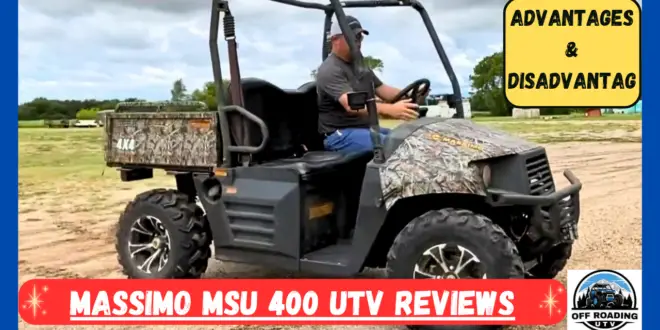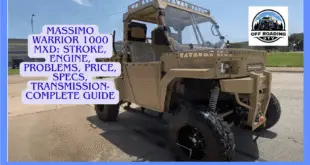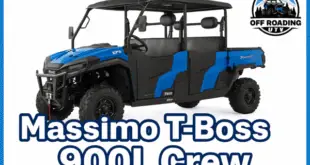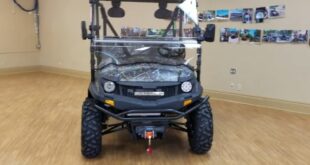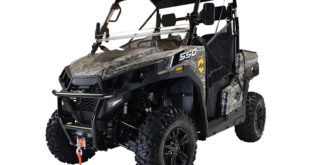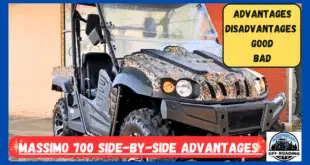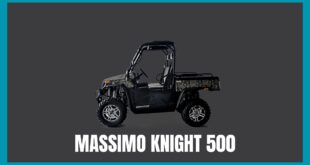Massimo MSU 400 is great for affordable utility tasks on farms and light trail adventures.
Massimo MSU 400 is poor for high-speed riding and demanding off-road conditions.
Massimo MSU 400 price is $6,850.
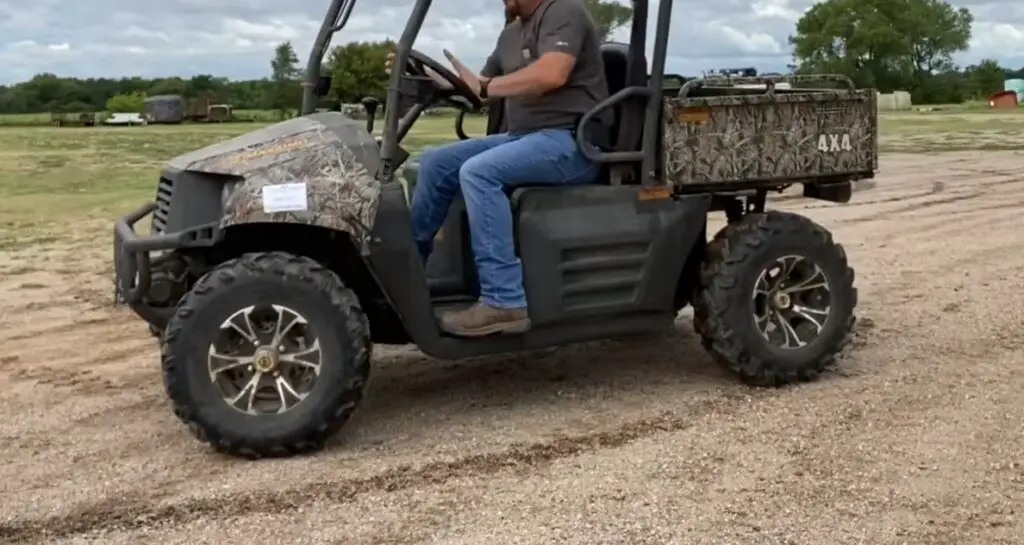
Massimo MSU 400 UTV is budget-friendly side-by-side and designed for light utility and recreational use. Equipped with a 393cc liquid-cooled engine producing 25 HP, it offers 2WD/4WD capacity with a locking differential and towing capacity of up to 1,200 pounds. Its independent double A-arm suspension and hydraulic disc brakes offer a comfortable ride in different areas. However, 40% of users have reported issues such as gear shifting problems, spark plug defects, and limited customer support. Additionally, storage capacity cannot meet expectations for 10% of users.
How Does the Ground Clearance Enhance the Massimo MSU 400 UTV’s Off-Road Performance?
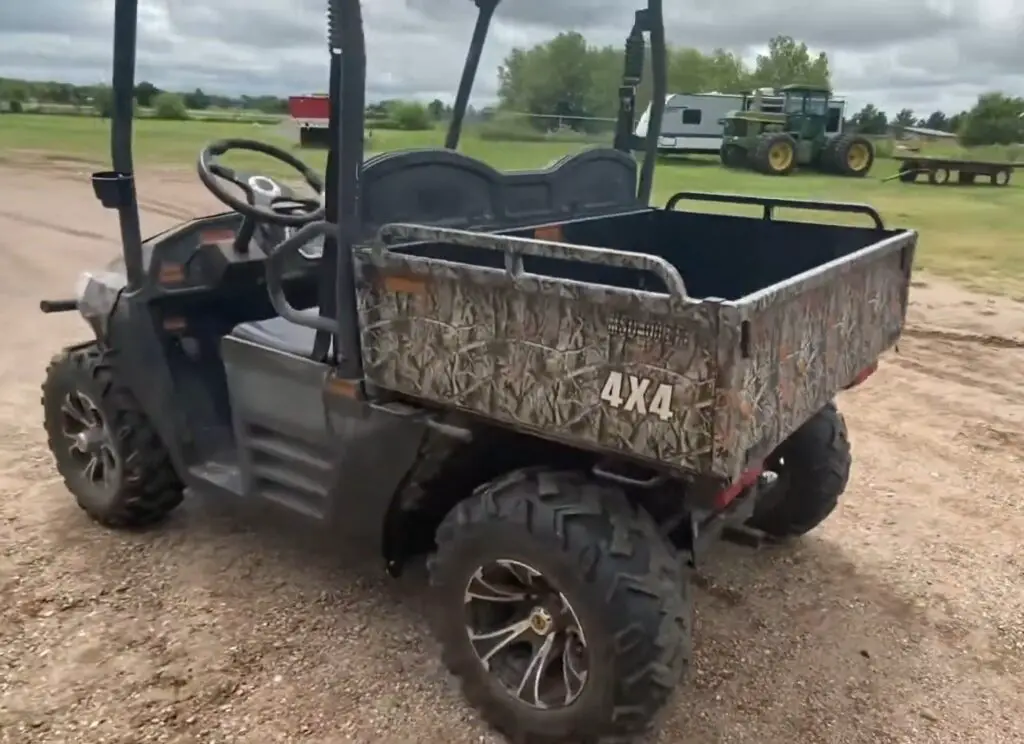
The Massimo MSU 400 UTV has an 11-inch ground clearance, a function that significantly increases its terrain functions. This elevated clearance allows the vehicle to cross the areas, such as rocky trails and deep soils, without making contact with obstacles. Such a design reduces the risk of damage to important components such as drivetrain and output systems and ensures long life and reliability during terrain adventure.
In addition, high outlets improve the approach and departure angles, allowing UTV to handle steep inclines more efficiently. This makes the MSU 400 especially suitable for activities such as agriculture, hunting, and trail riding, where uneven areas are common. Overall, sufficient ground clearance contributes to a smooth trip and increases confidence when navigating in a challenging terrain environment.
What Are the Key Advantages of the Massimo MSU 400 UTV for Utility Tasks?
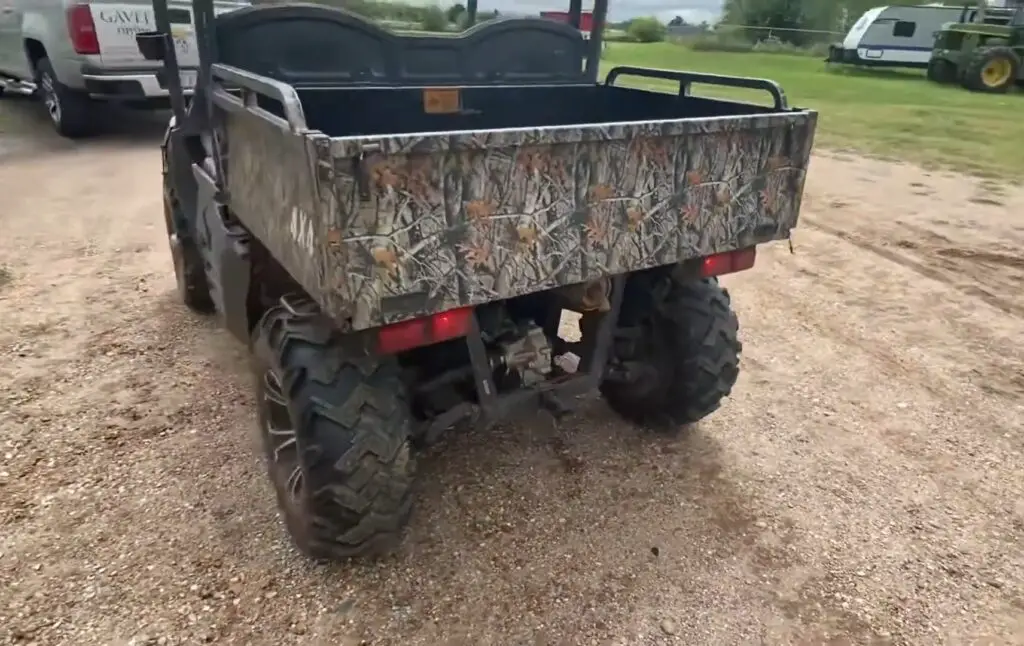
The Massimo MSU 400 UTV provides many benefits for utility tasks, making it a practical alternative for different task environments. The 393CC fluid-cooled engine provides 25 hp, which provides sufficient power for tasks such as hauling and towing. A vehicle towing capacity of 1200 pounds and a cargo bed that can handle up to 400 pounds, increase the utility of fields and jobs.
The independent double A-arm suspension ensures a smooth trip to the uneven area, while the hydraulic disc brake provides a reliable stop. In addition, the 2WD/4WD drive system with a lock differential better traction in different situations provides. These features together help to effectively handle a variety of utility works of the MSU 400.
Why Is the Towing Capacity of the Massimo MSU 400 UTV a Great Feature for Work?
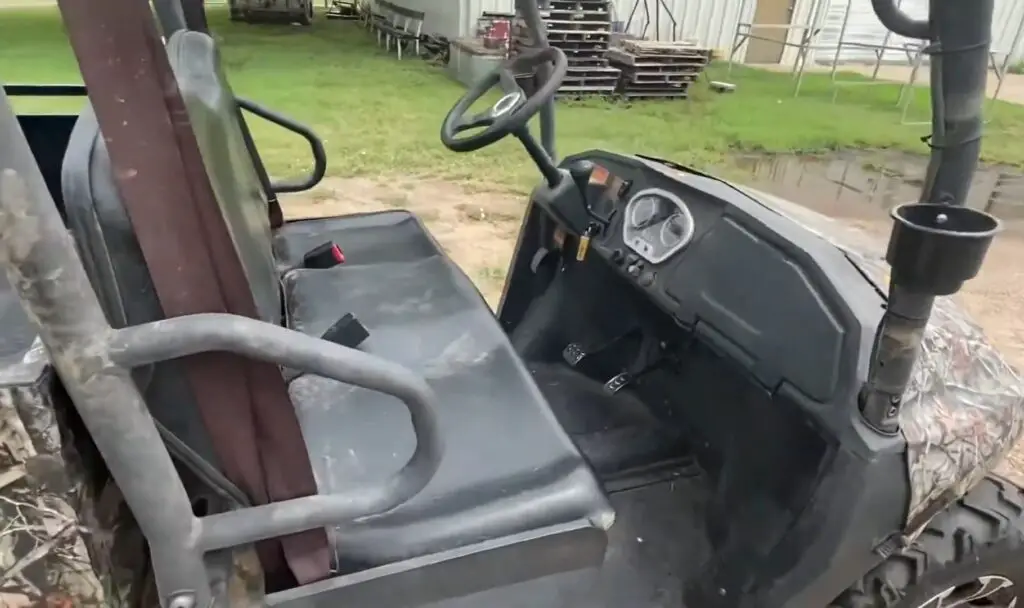
Massimo MSU has a towing capacity of 1,200 pounds and is ideal for transporting equipment, supplies, or trailers in fields, jobs, and robust areas. This strong capacity increases productivity and efficiency in different task environments.
What Disadvantages Should You Know About the Massimo MSU 400 UTV Before Buying?
Before buying the Massimo MSU 400 UTV, it is important to be aware of disadvantages that can affect the performance and reliability:
Engine overheating: About 30% of users have reported overheating problems to the engine, often due to delayed fan activation and potential airlock.

Transmission and Shifting Problems: 25% of owners experience hard shifting and unusual noise when changing gears.
Brake system limitations: MSU 400 braking system has been criticized for performance, especially the absence of the front wheel brake, which must prevent longer stopping distance and potential safety risks.
Electrical and Wiring Vulnerabilities: 20% of users have reported delicate wires, resulting in problems such as headlight errors or starting problems, especially when exposed to tough area or bad weather.
Customer Service and Warranty Concerns: 35% of users have reported unsatisfactory experiences with challenges in customer support and warranty services.
How Does the Parts Availability Affect the Massimo MSU 400 UTV’s Reliability?
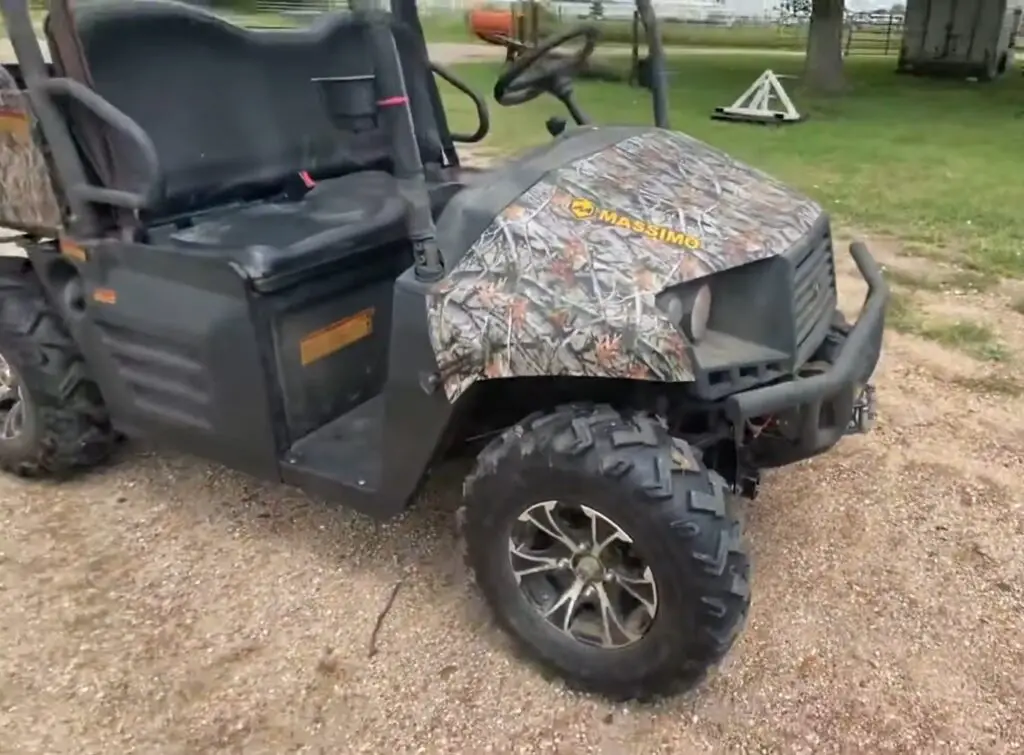
The availability of parts for Masimo MSU 400 UTV plays an important role in its general reliability. While Massimo offers OEM parts through its official website and authorized dealers, the brand’s smaller distribution network have a long wait for some components. This limited access can lead to extended decreases during repair, which affects the vehicle’s dependence on frequent use. Therefore, potential buyers should assess the implication of the availability of parts of maintenance and operational continuity when evaluating the MSU 400 UTV.
How Does the Massimo MSU 400 UTV Perform in Terms of Comfort and Handling?
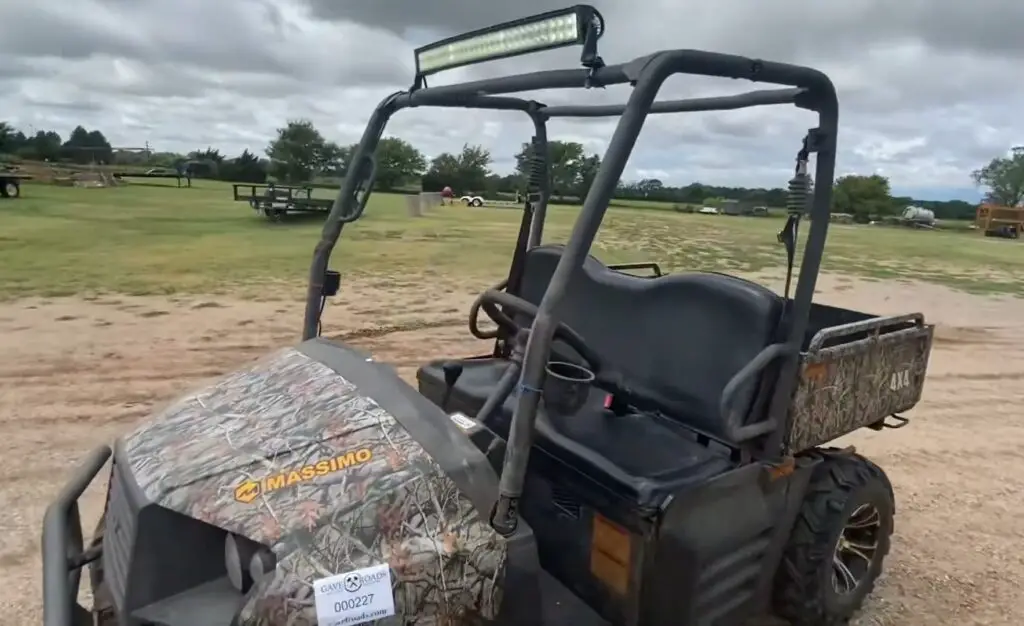
The Massimo MSU 400 provides a commendable balance between comfort and handling. Equipped with independent front and rear suspension systems, it runs a smooth trip in uneven areas, and effectively absorbs bumps from stones, rotten and unevenness. Its 11-inch ground clearance improves its ability to navigate obstacles without compromising the integrity of the undercuts.
Handling is expanded with hydraulic disc brakes and provides reliable limitations in different situations. The 2WD/4WD drive system with the locking differential provides better traction, making it good at handling different areas. However, it is worth noting that the absence of power steering can make the control feel heavy during extended use or at low speed.
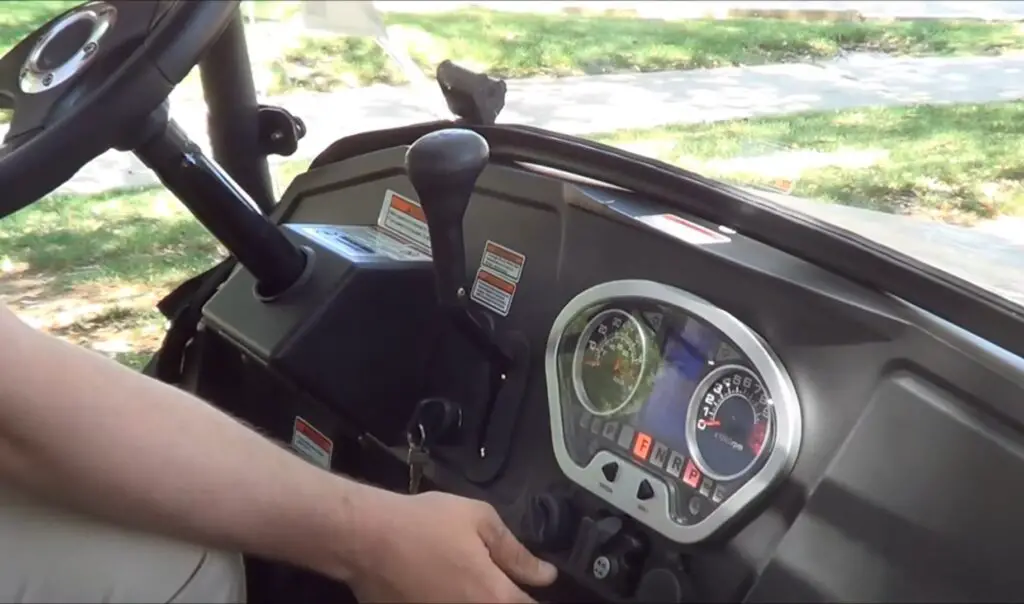
The MSU 400 stands out by offering a comfortable and controlled driving experience, which is suitable for both work-related functions and entertaining terrain adventures.
Is the Independent Suspension of the Massimo MSU 400 UTV Good for Rough Terrain?
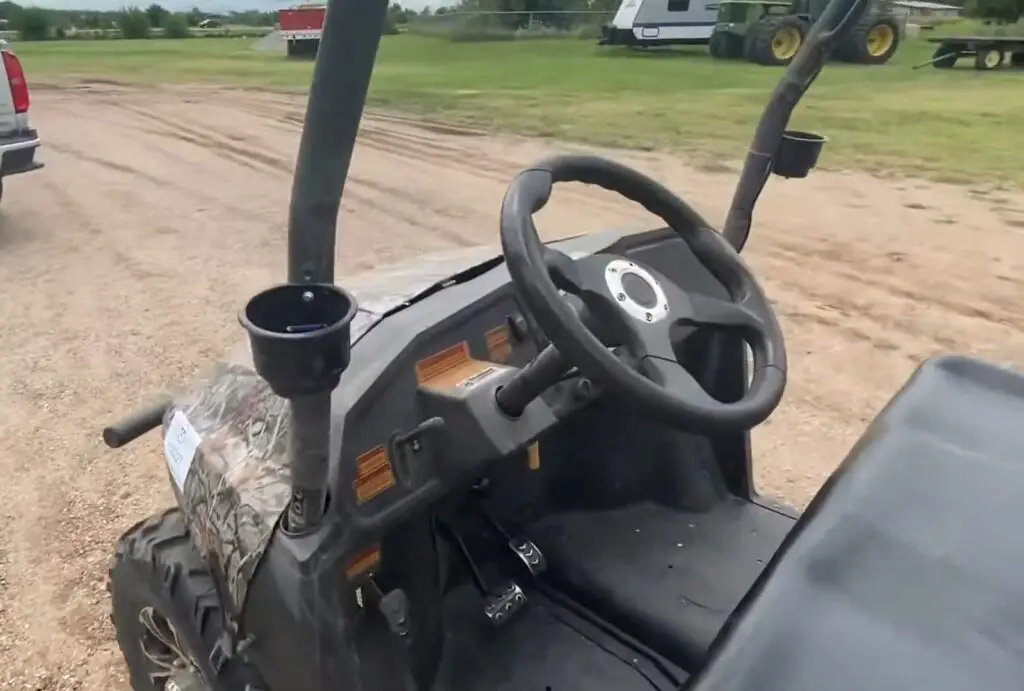
Yes, the independent suspension system of the Msu MSU 400 UTV is well suited for the rough area. It has an independent independent double A-arm suspension, which allows each wheel to move freely. This design improves the capacity of the vehicle to absorb shock from uneven surfaces, providing a smooth journey on obstacles such as stones, ropes, and inequality.
Such suspension setup not only improves comfort but also maintains better tire contact with the ground, increasing traction and control. These properties make the MSU 400 especially effective for terrain activities, including riding, agriculture, and hunting. The combination of independent suspension and terrain tires ensures that UTV remains stable and responsible, even under challenging circumstances.
Is the Massimo MSU 400 UTV a Great Value for Its Price and Warranty?
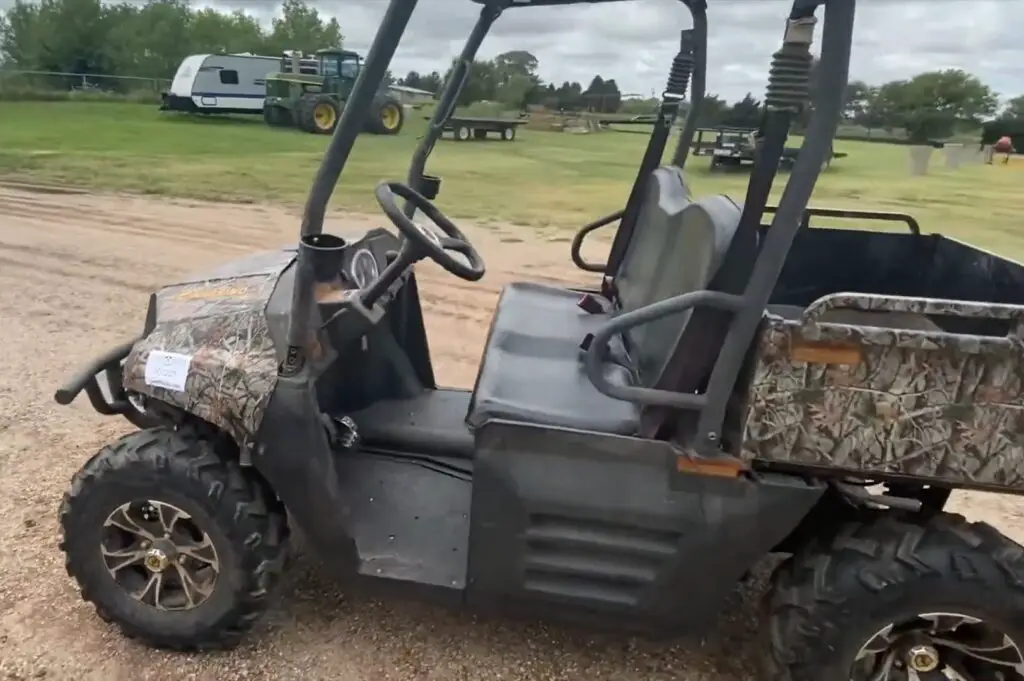
The Massimo MSU 400 gives a remarkable price, making it an attractive alternative for budget-conscious buyers. Priced at $ 7,499 it is much cheaper than many participants, such as Polaris RZR RS1, starting at $ 15,299. This cost-effectiveness is especially beneficial for those looking for a vehicle for tasks such as agriculture or leisure tours without more investment.
However, it is necessary to consider warranty coverage. Masimo provides a limited guarantee of 1 year, and covers repair for faults in materials or design under general use.
How Does the Warranty of the Massimo MSU 400 UTV Compare to Other UTVs?
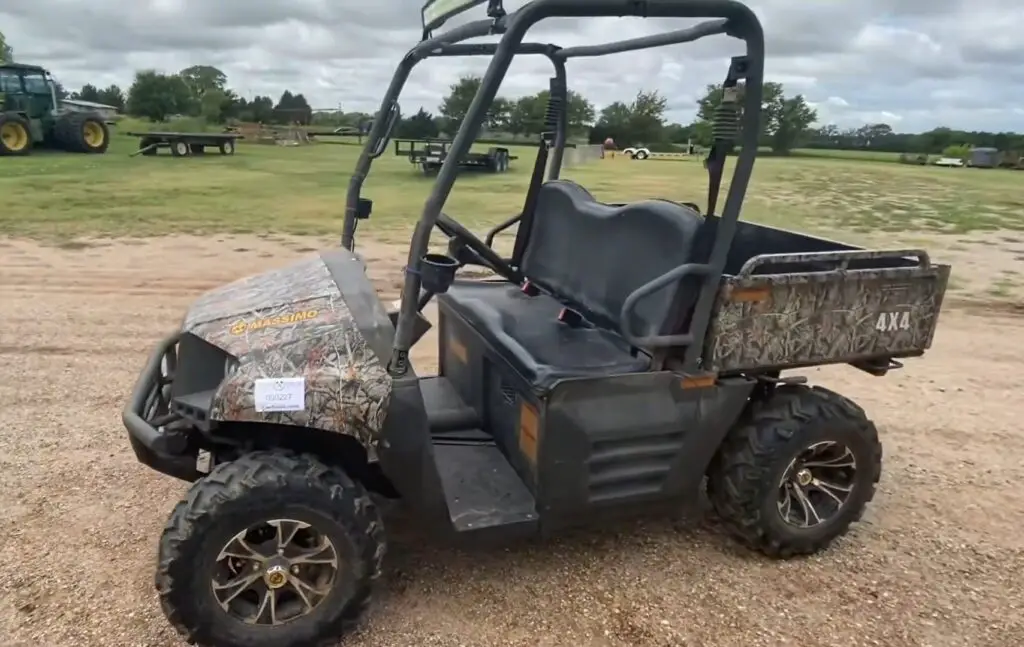
The Masimo MSU 400 offers a limited warranty of 1-year, covering parts and labor for errors in materials or designs under general use. However, this warranty does not include any components such as batteries (until a new device is purchased), spark plugs, belts, tires and other consumables. In addition, the guarantee does not cover the damage caused by incorrect use, neglect, accidents or unauthorized changes.
In comparison, many competitive UTVs provide long-term warranty periods. For example, some models of brands such as Polaris and Yamaha provide guarantees of 2 to 5 years, often with wider coverage that includes components and low exclusion. This extended coverage can provide more security for buyers, especially for those who require UTSs to use or under challenging conditions.
What Do User Reviews Say About the Massimo MSU 400 UTV’s Durability and Reliability?
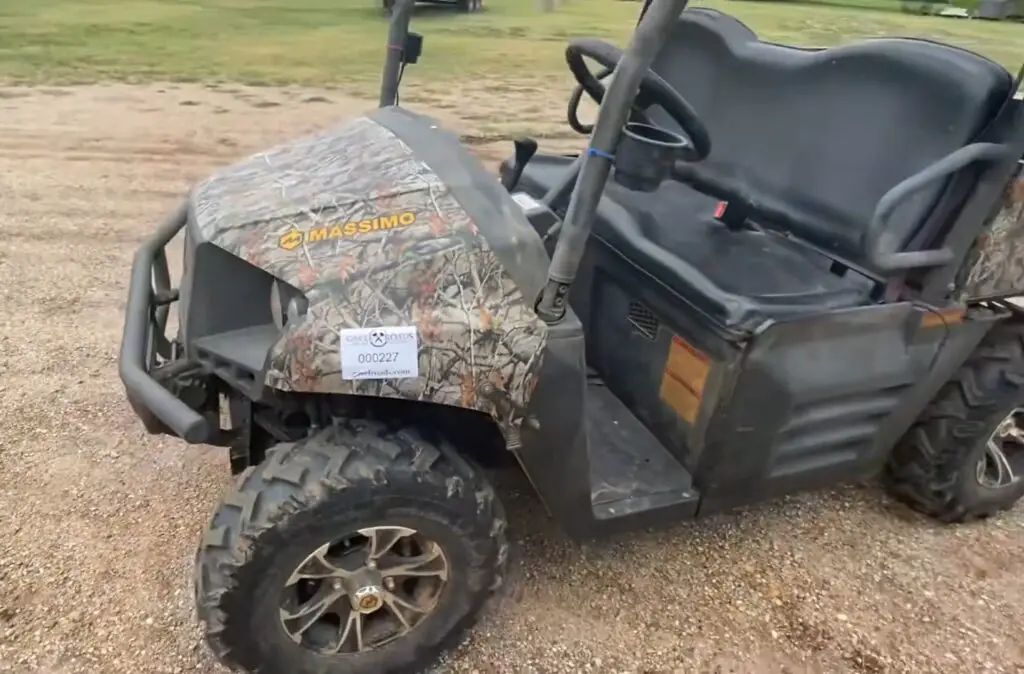
30% of users have reported problems with engine overheating, often due to delayed fan activation and delayed potential air lock. These problems can reduce the engine life if they are not addressed immediately.
25% of the owners experience hard shifting and unusual noise while changing the gears, which requires professional attention.
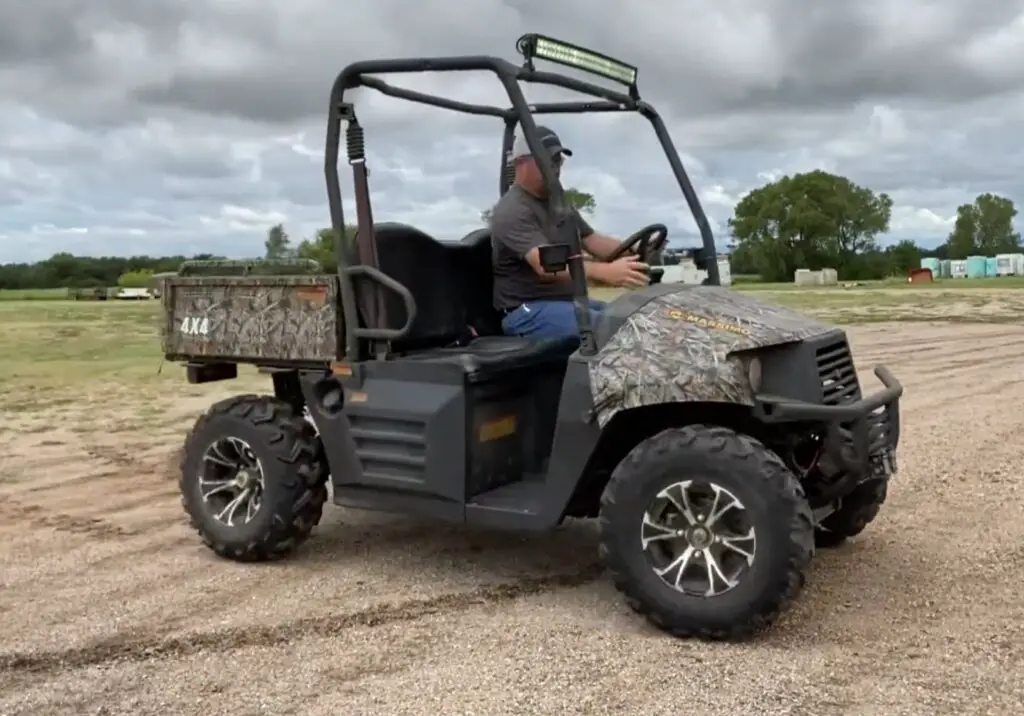
The Massimo MSU 400 braking system has been criticized for suboptimal performance, especially the absence of the front wheel brake, which leads to a longer stopping distance.
20% of users have reported fragile wires, resulting in problems such as headlight errors and starting problems, especially when exposed to tough areas or bad weather.
35% of users have reported unsatisfactory experiences with challenges in demanding customer support and warranty services.
Are User Experiences with the Massimo MSU 400 UTV’s Off-Road Capability Positive or Negative?
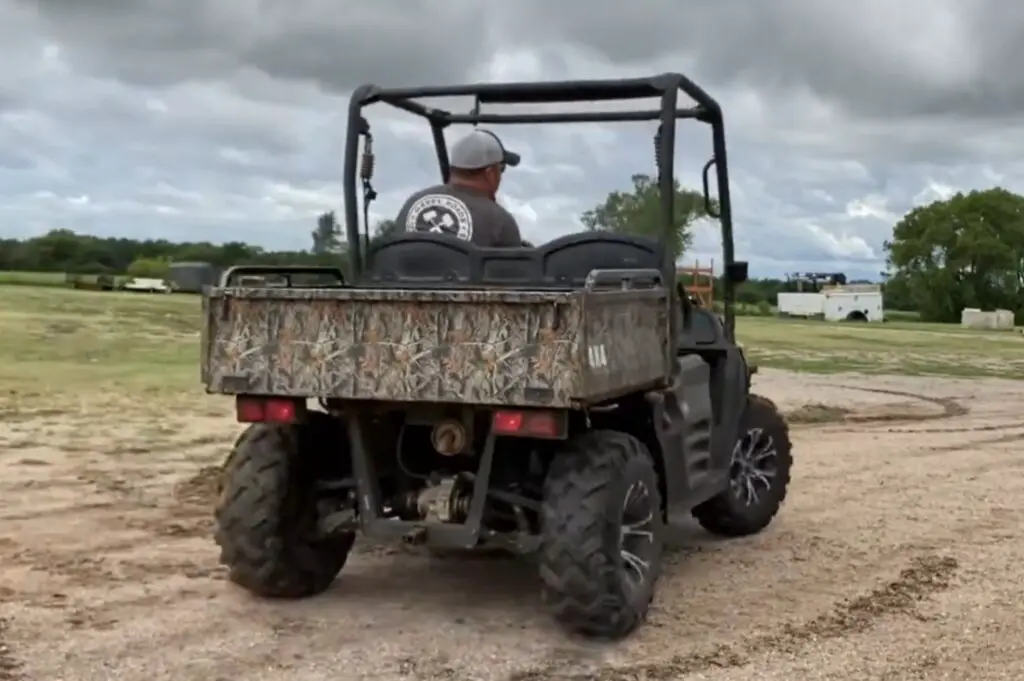
User experiences with the Massimo MSU 400 UTS are generally positive, especially for light to medium-sized Off-road tasks. Independent front and rear suspension systems provide a steady grip on rough terrain and increase comfort and control during off-road use. In addition, the 11-inch ground clearance helps navigate obstacles such as rocks and roots without significant contact.
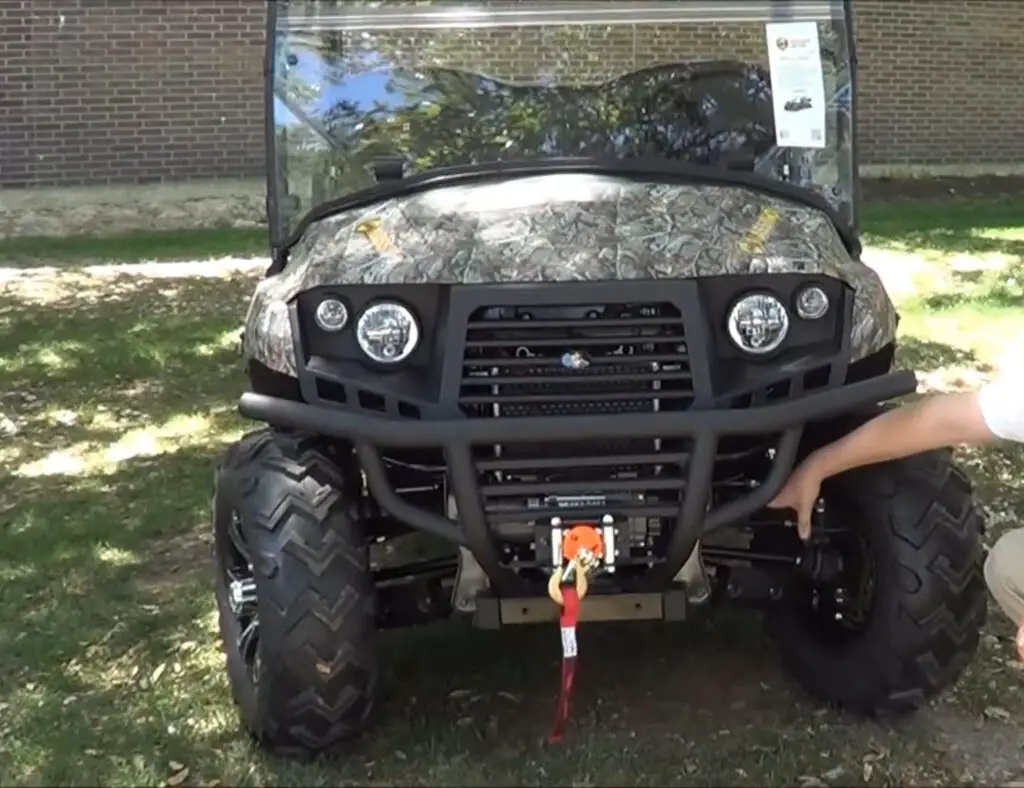
However, 30% of users have reported challenges in rough off-roading conditions. Problems such as overheating engines and transmission problems have been noted, which affect the reliability of the vehicle during the extended terrain trip. These concerns suggest that although MSU is suitable for 400 mild to moderate off-road driving, it is not the best option for more robust areas or intensive off-road activities.
Massimo MSU 400 UTV performs well in light to moderate terrain conditions but faces challenges in the environment with high demand.
The MSU 400 is a great pick for budget-conscious riders! Compare it with the slightly more powerful Massimo MSU 500 or the upgraded Massimo MSU 600.
Subscribe for Our Latest Posts! Thank you!
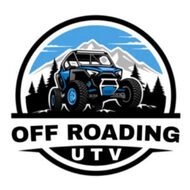 Massimo UTV & Side-by-Side Massimo UTV & Side-by-Side
Massimo UTV & Side-by-Side Massimo UTV & Side-by-Side
